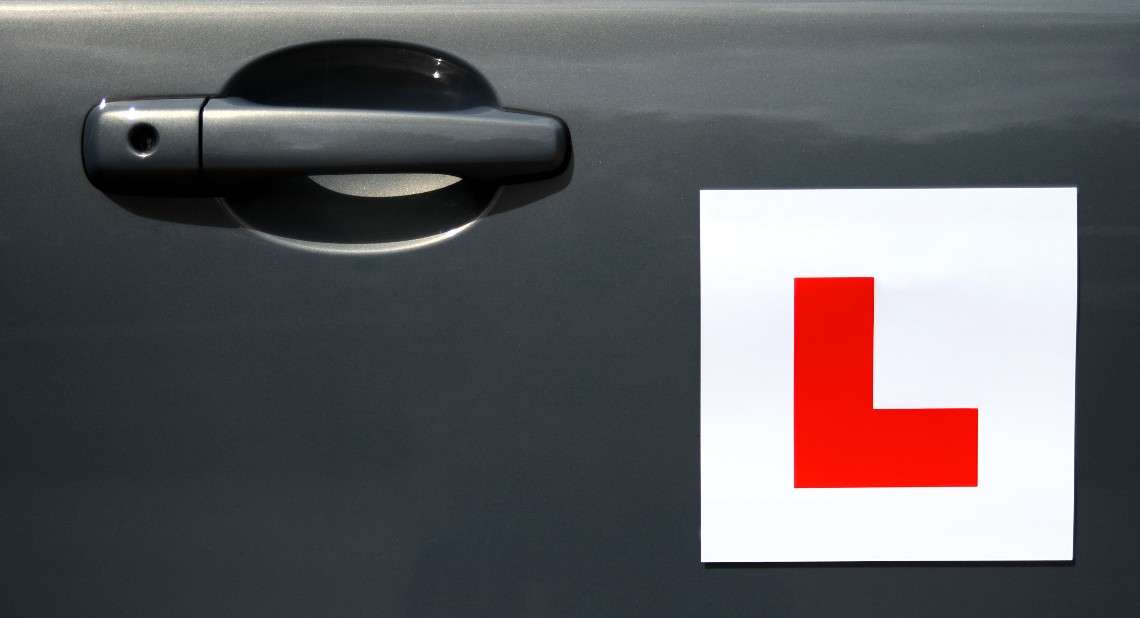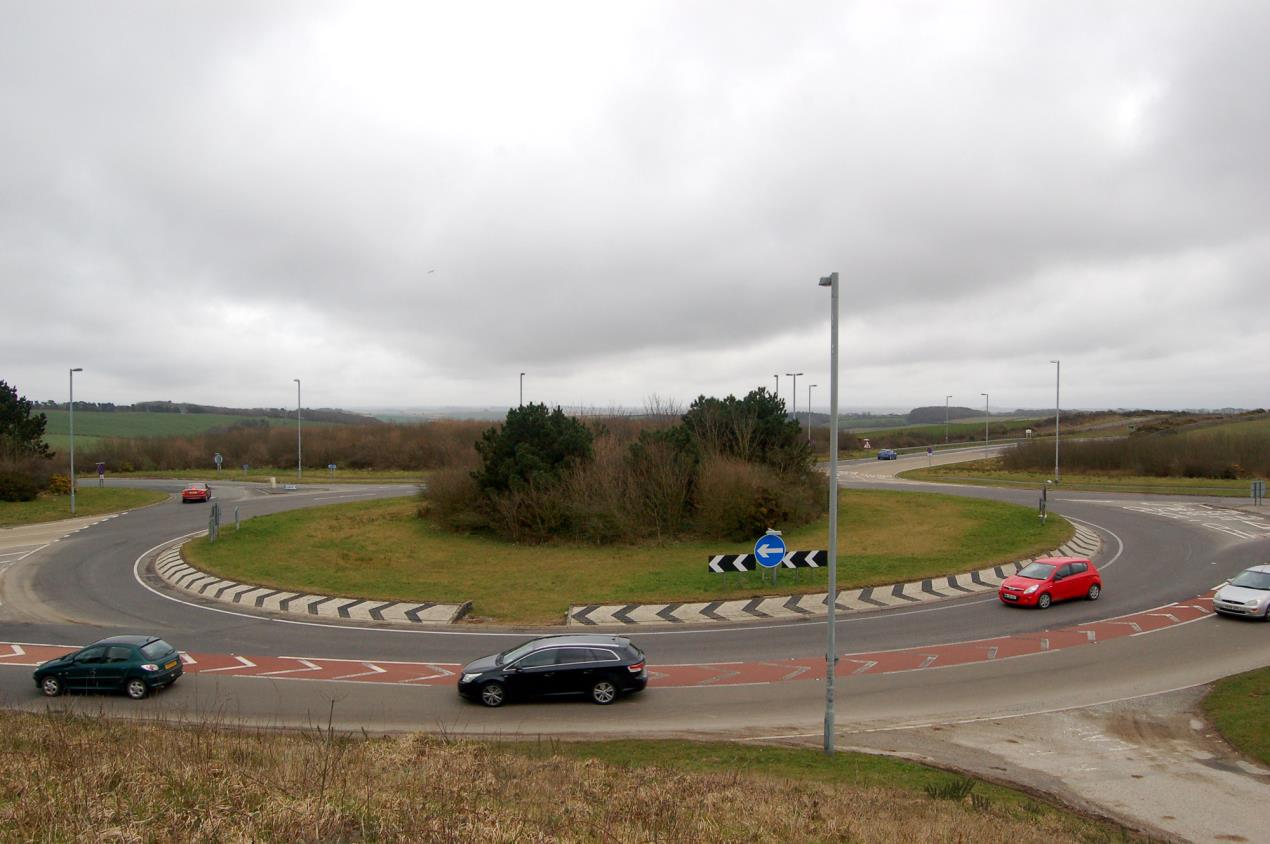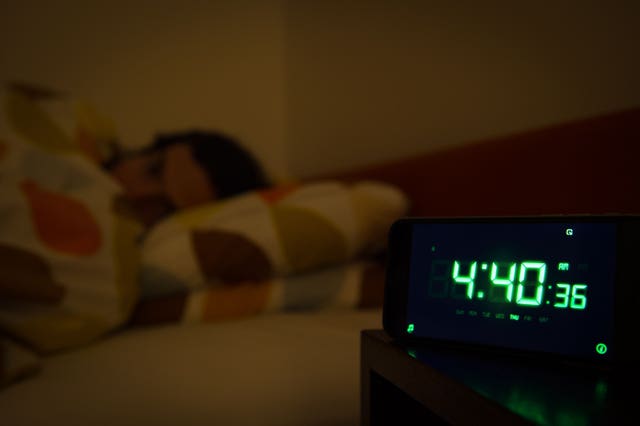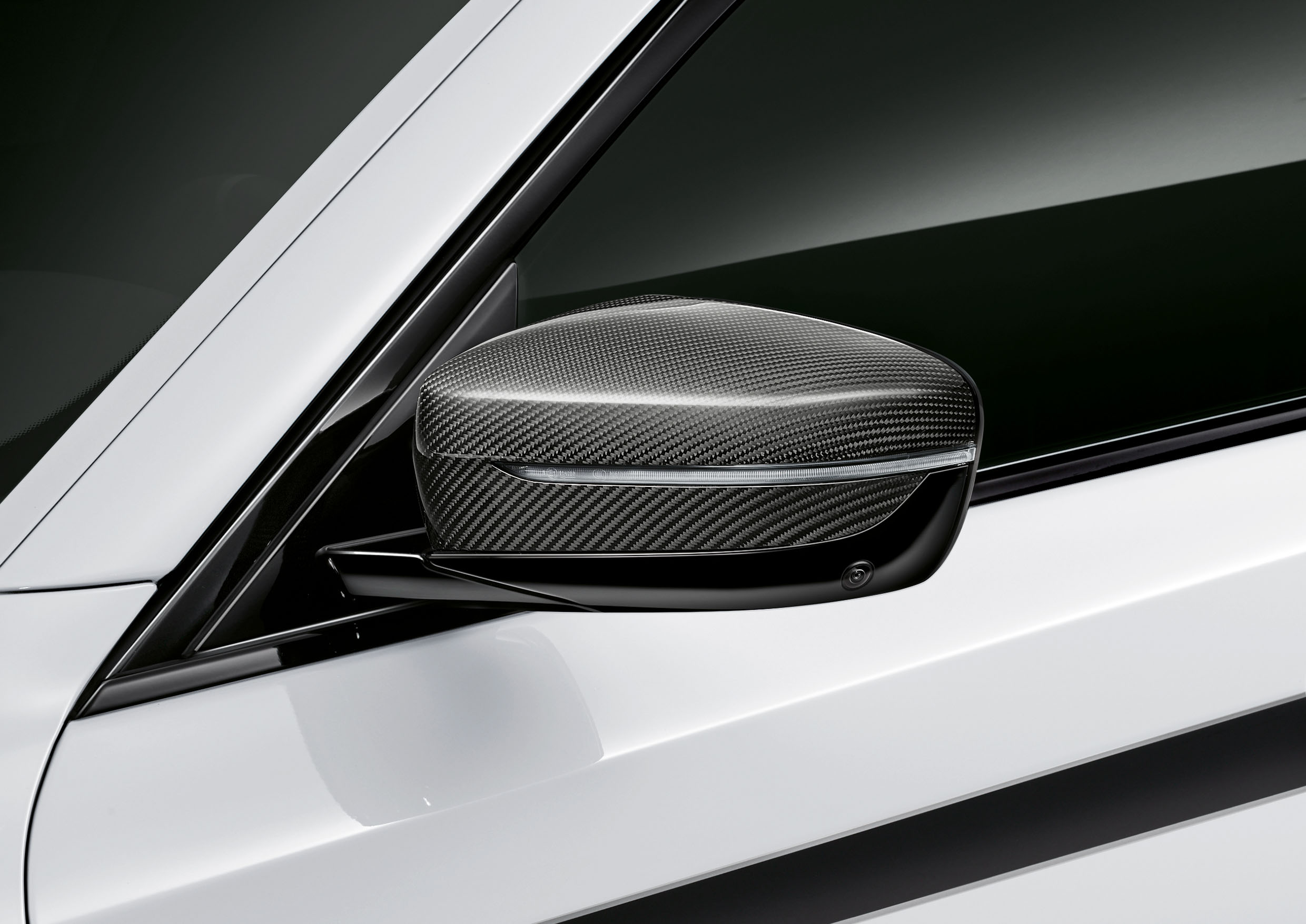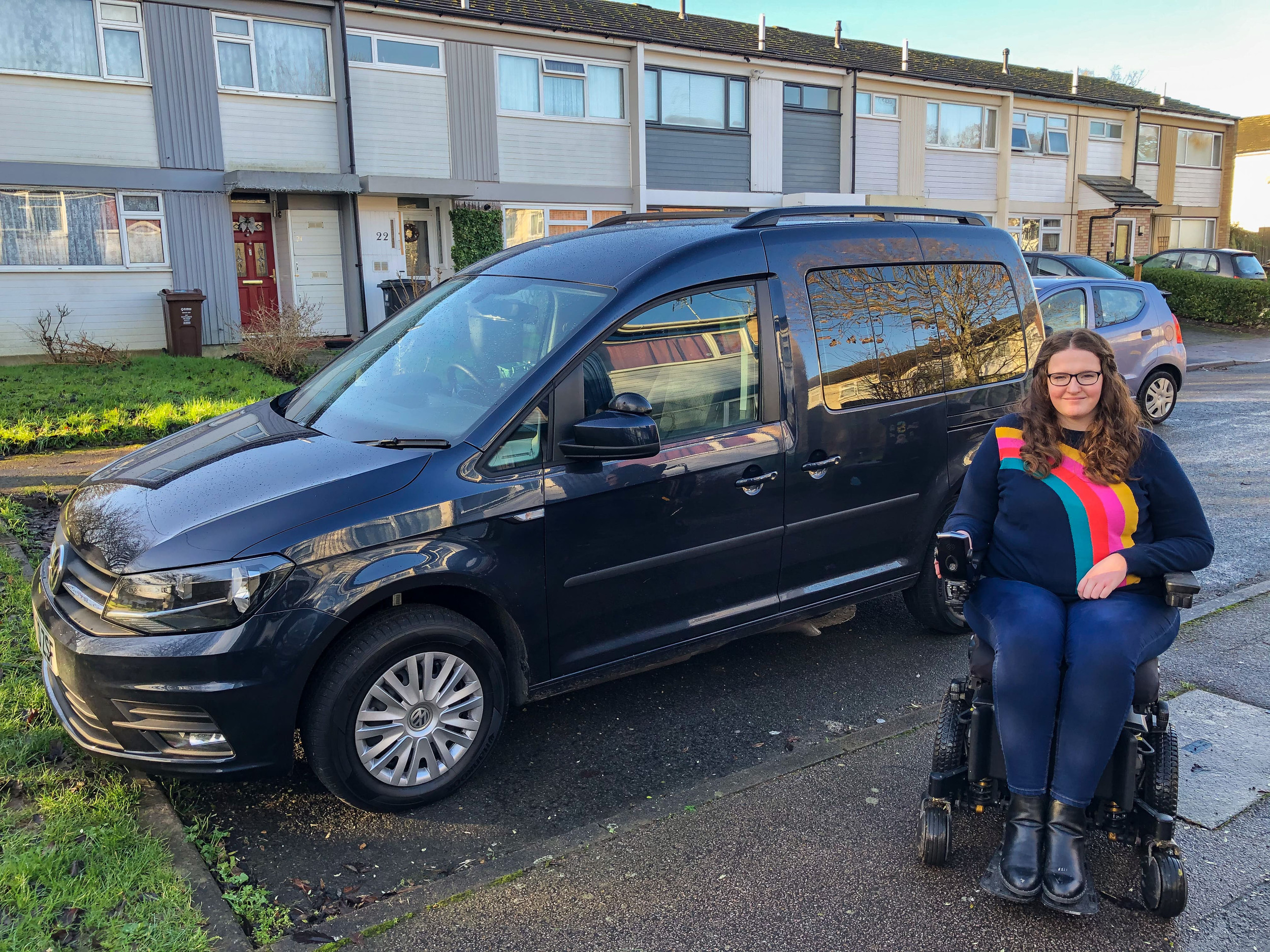With news that practical driving tests and driving lessons are resuming this month, we thought this article from PA Motoring Service about preparing for your test would be helpful. Read on for some top tips!
The Driver and Vehicle Standards Agency (DVSA) has announced that practical driving tests will be allowed to resume once again from April 22, with driving lessons permitted from April 12.
It means that thousands of learner drivers who are eager to get certified to drive will once again be able to book themselves on to a test. But how do you prepare to increase your chances of passing first time? Here are some top tips.
Make sure you’re ready
It’s likely that many people will be chomping at the bit to get a test, but you’ve got a far better chance of passing right away if you’re confident and happy with the amount of preparation you’ve made.
Make sure that you’ve had enough lessons and plenty of wheel time; a couple of additional hours of experience could make all of the difference to your confidence when it comes to the test.
Think about the test centre you’re choosing
You’ll be able to pick where you take your test, giving you the option of a variety of centres nearby. It’s a good idea to choose one in an area that you’re familiar with, as it’ll allow you to more easily navigate roads and junctions.
Though there’s no way of predicting which route you’ll take when you take your test, it can be a good idea to do a few lessons in the area around the test centre to familiarise yourself with the location even more.
Prepare your documents
Before you’ve even set foot out of the door to head to the test centre, make sure that you’ve got all of the required documentation with you, otherwise, you won’t be able to take the test.
You’ll need both your theory test pass certificate and your provisional driving licence. They’ll ask to see both at the test centre.
Give yourself plenty of time
The clocks went forward an hour on Sunday March 28 to mark the beginning of British Summer Time. The clocks going forward can boost our wellbeing but could damage “work performance” due to lack of sleep, an expert has said.
We’ve put together a list of a few things you can do to encourage a better night’s sleep, read our tips here.
It’s never nice to be rushing to an appointment, not least one like a driving test. So give yourself plenty of time to reach your test centre and enough breathing room between arriving and starting your examination to gather your thoughts and prepare mentally.
However, don’t arrive too early – you don’t want to be waiting around for a while, either.
Organise a lesson beforehand
Much like stretching is encouraged before taking part in sport, it can be a good idea to organise a short lesson before starting your test. You’ll be able to quickly brush up before the examination and it’s also a good time to ask your driving instructor any questions you might have.
Use your instructor’s car for the test
Ensuring that you’re comfortable is paramount when taking your practical test, so a way to help boost this is by using your driving instructor’s car. After all, it’ll likely be the one you’ve spent the most time behind the wheel of, and this could help you to feel a little more relaxed when being examined.
Check, check and check again
A lack of observation can be one of the main reasons why a learner driver fails their test. It’s why it’s a good idea to make the most of your checks and – if anything – over-exaggerate them to ensure that the instructor notices you completing them.
Make sure that you’re looking in your mirrors frequently. Use them when moving away, approaching junctions or roundabouts, or whenever there’s a general change in road position.
Don’t think you’ve failed straight away
Even if you know you’ve committed a small error, don’t immediately assume that you’ve failed your test. You’re allowed up to 15 minors, so even if you’ve recognised an issue, it doesn’t mean you need to give up hope right away.
Continue with all of your checks and drive just as you’ve been prepared to do so. Wait until the test comes to an end to cast final judgement.
Listen to what the examiner says
So you’ve finished your driving test and are waiting to hear what the driving examiner says. Though at this point it can be easy to get swept up in excitement or disappointment, it’s important that you listen to what the examiner says.
If you’ve failed, then they’ll let you know why. These will be invaluable when it comes to retaking your test, as it will allow you to focus on the areas you went wrong. If you’ve passed, then the instructor might give you some additional information on areas you could still improve on.
How the Motability Scheme can help you
The Motability Scheme helps you to get mobile by exchanging your mobility allowance to lease a new car, Wheelchair Accessible Vehicle, scooter or powered wheelchair, all of which come with our fully inclusive lease package, so you can get on the road and enjoy everyday freedom: it’s simple, affordable, reliable.
If you’d like to find out more about the Scheme, request an information pack below and we’ll send you all the information that you need to make the right choice.
This article was written by Jack Evans and PA Motoring Reporter from PA Motoring Service and was legally licensed through the Industry Dive publisher network. Please direct all licensing questions to legal@industrydive.com.
Related articles
Intensive driving courses: The ultimate guide
An autistic driving instructor’s tips for great driving
Don’t let anxiety keep you from driving
![]()
